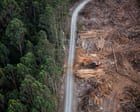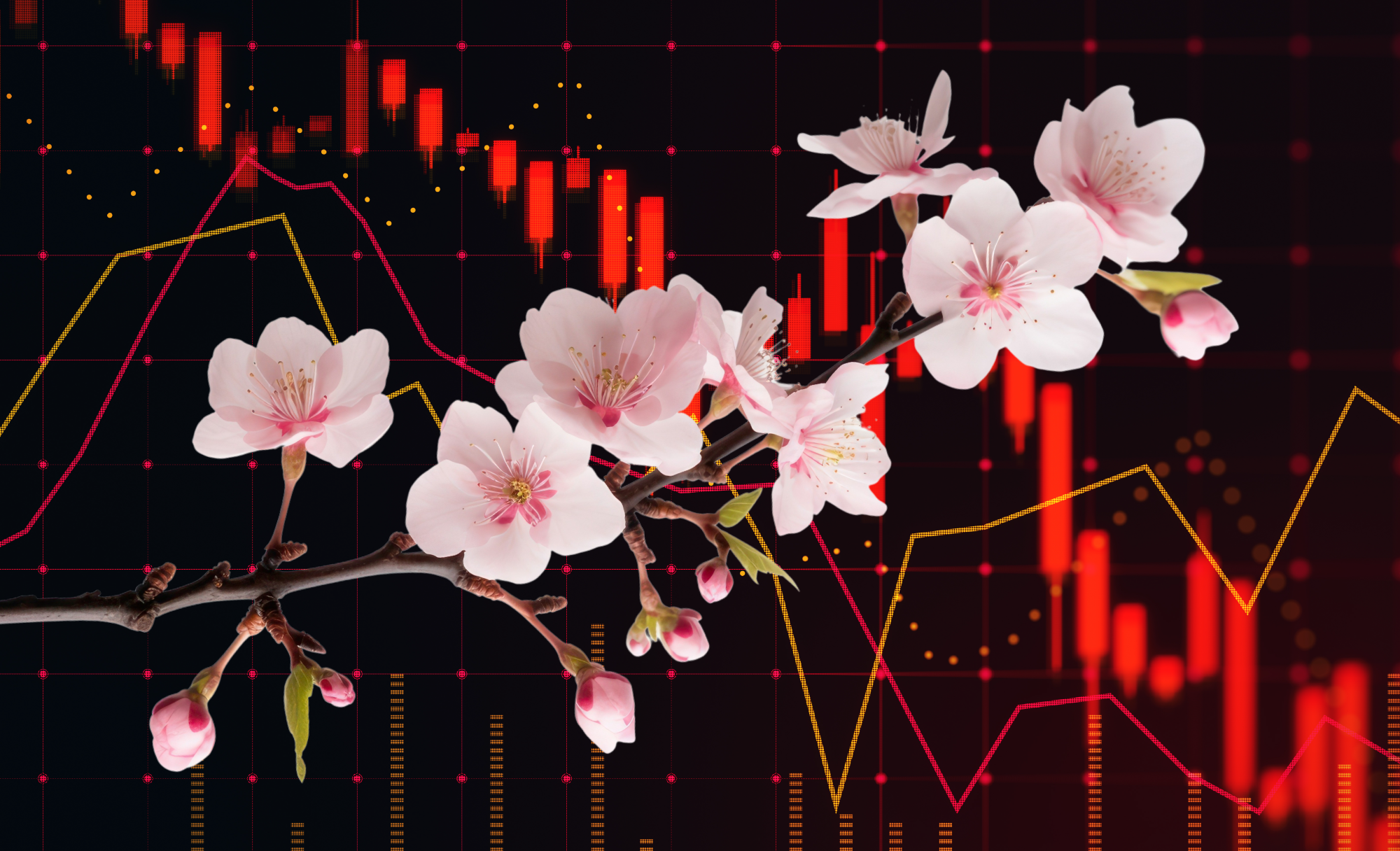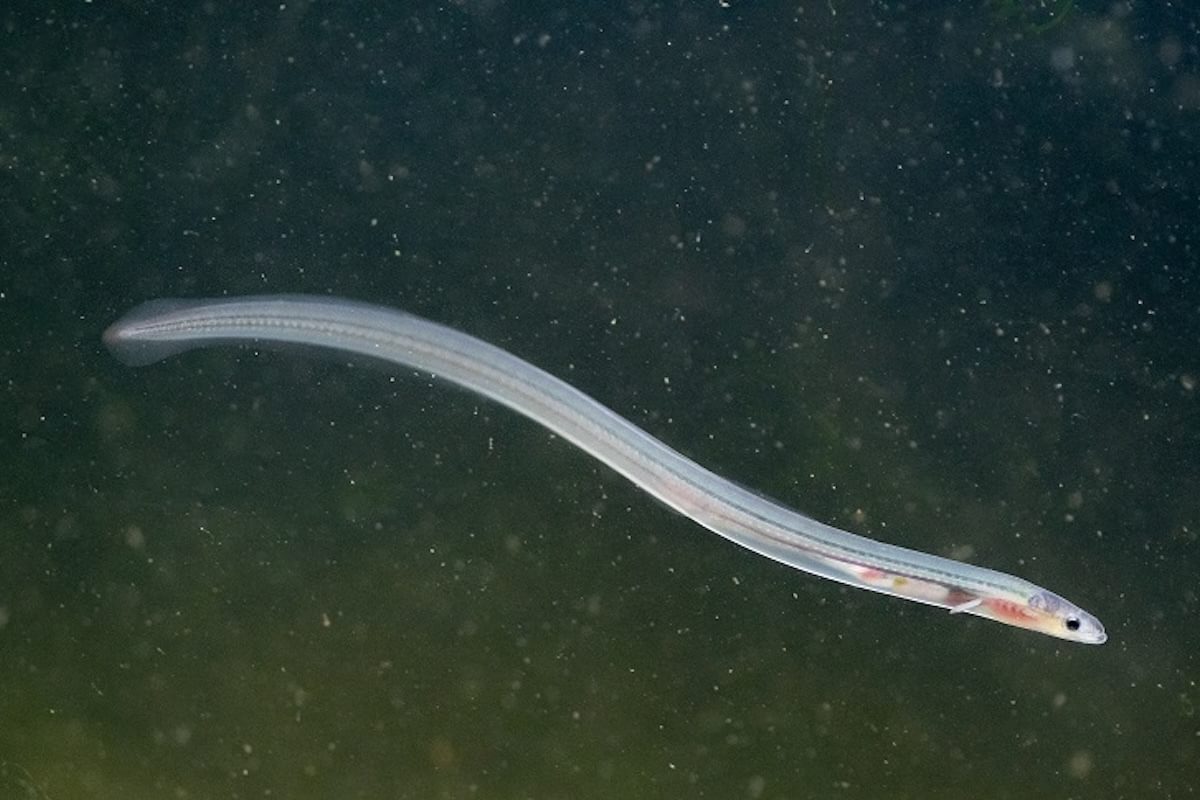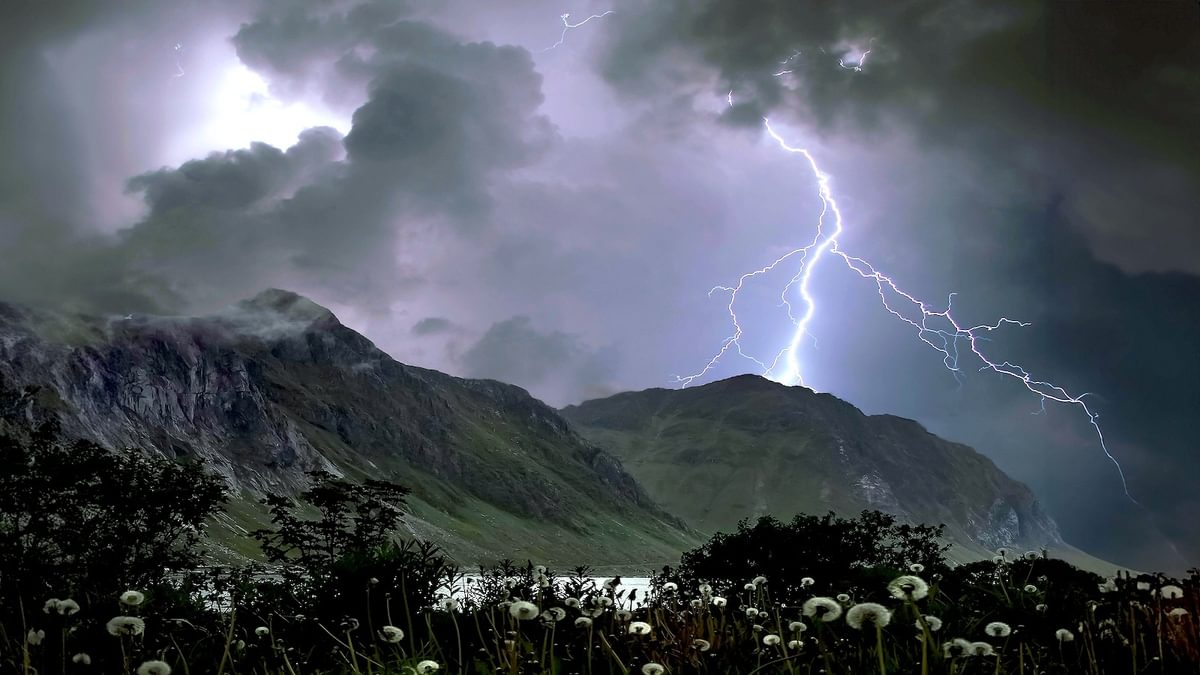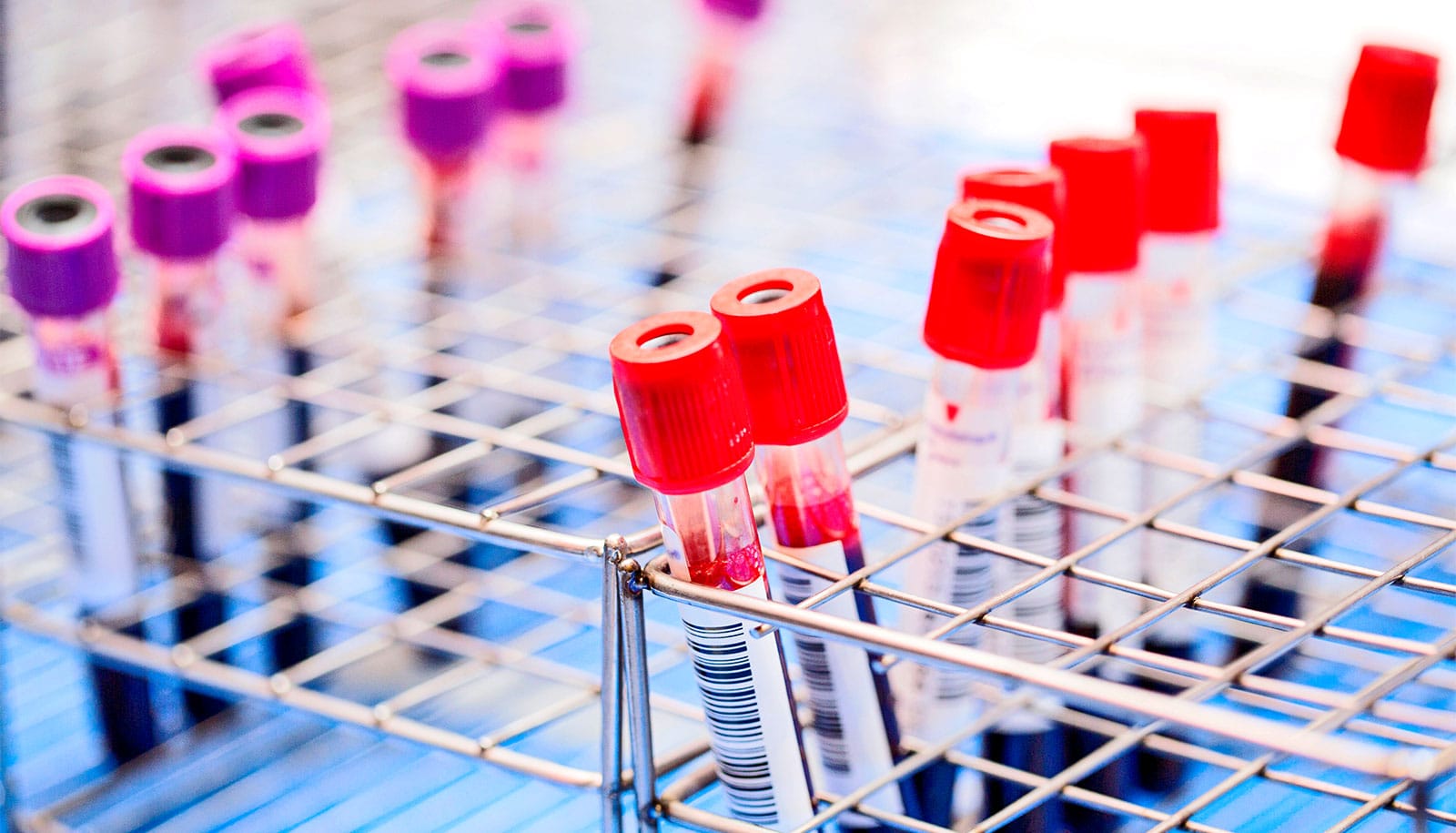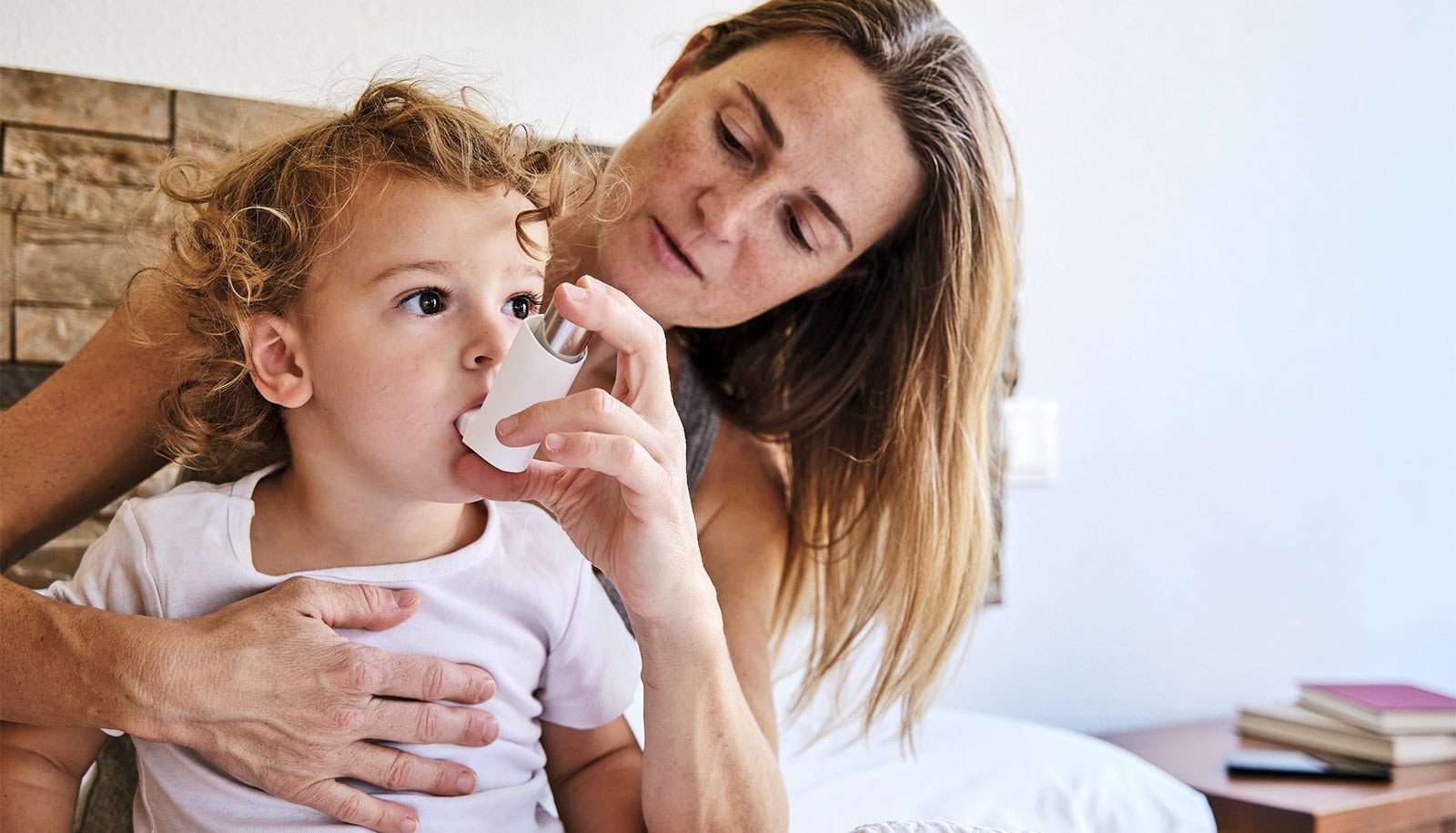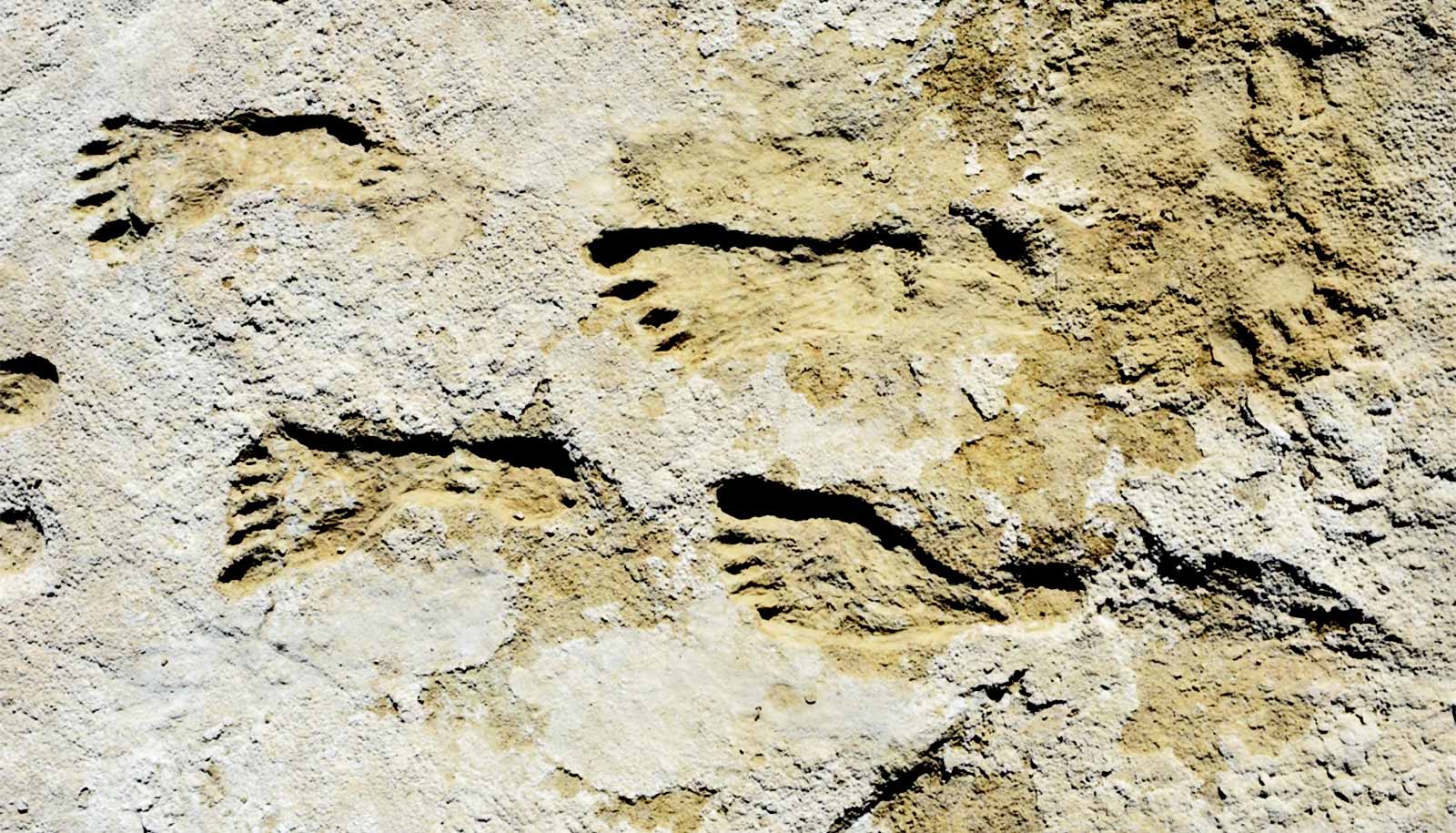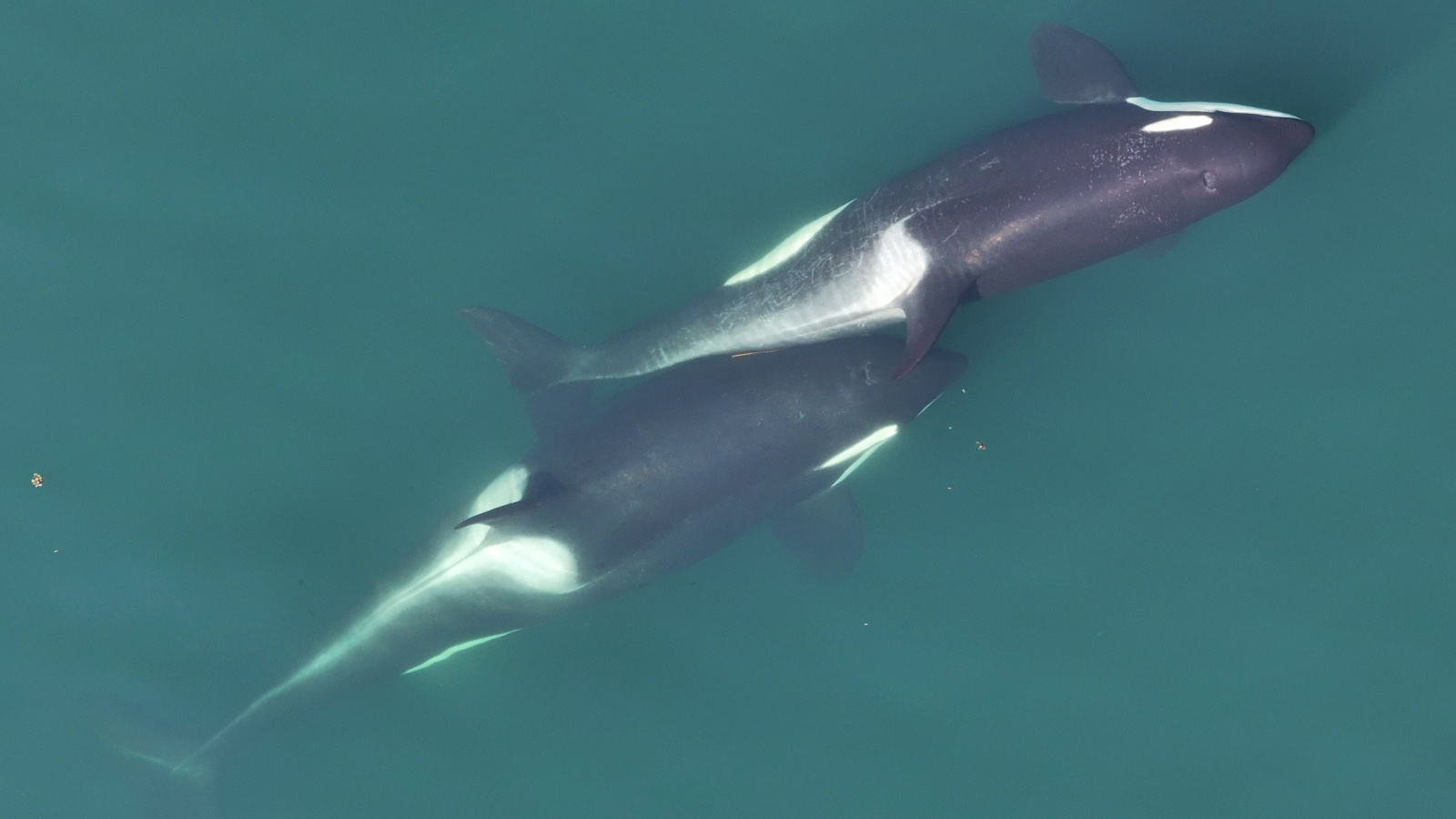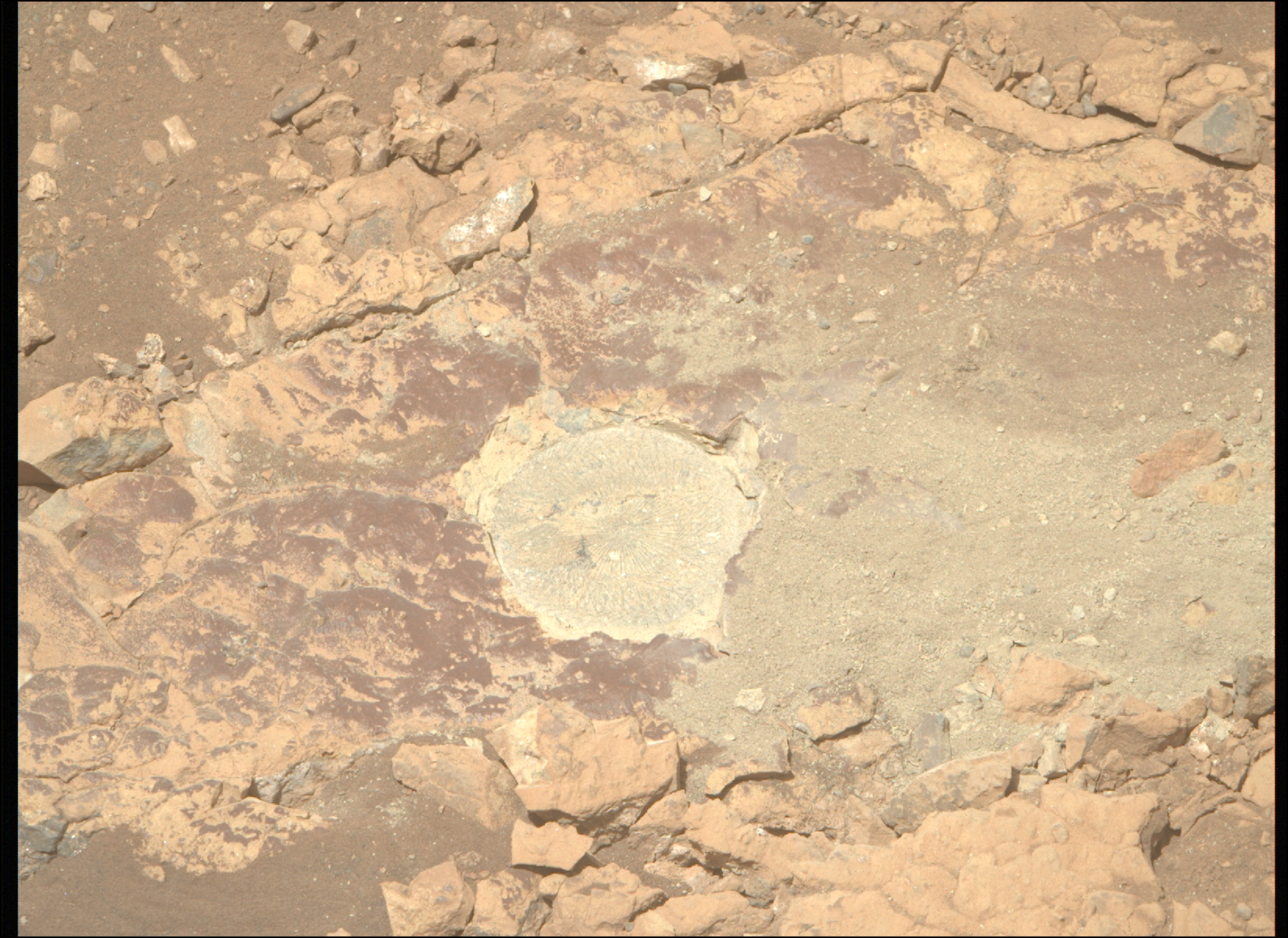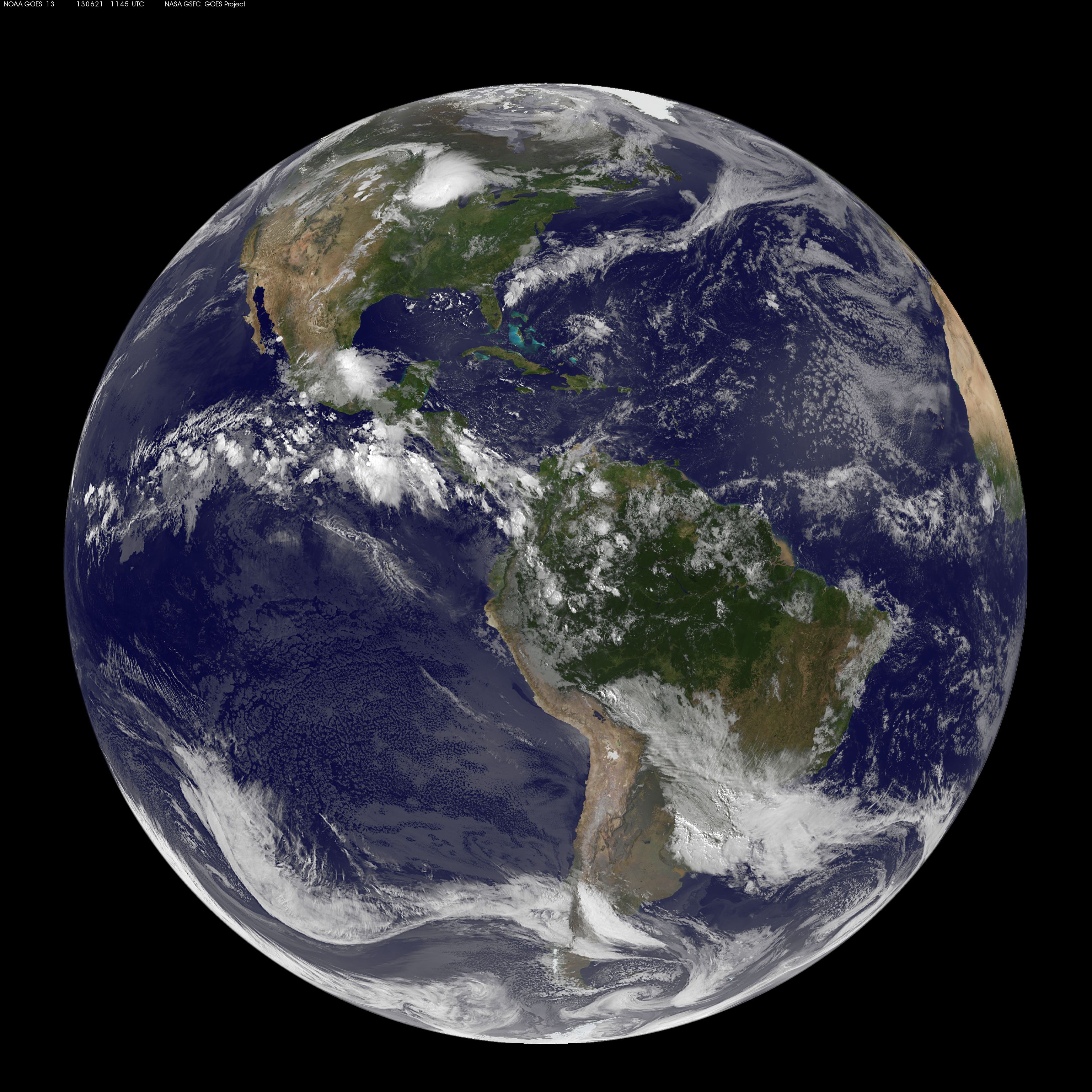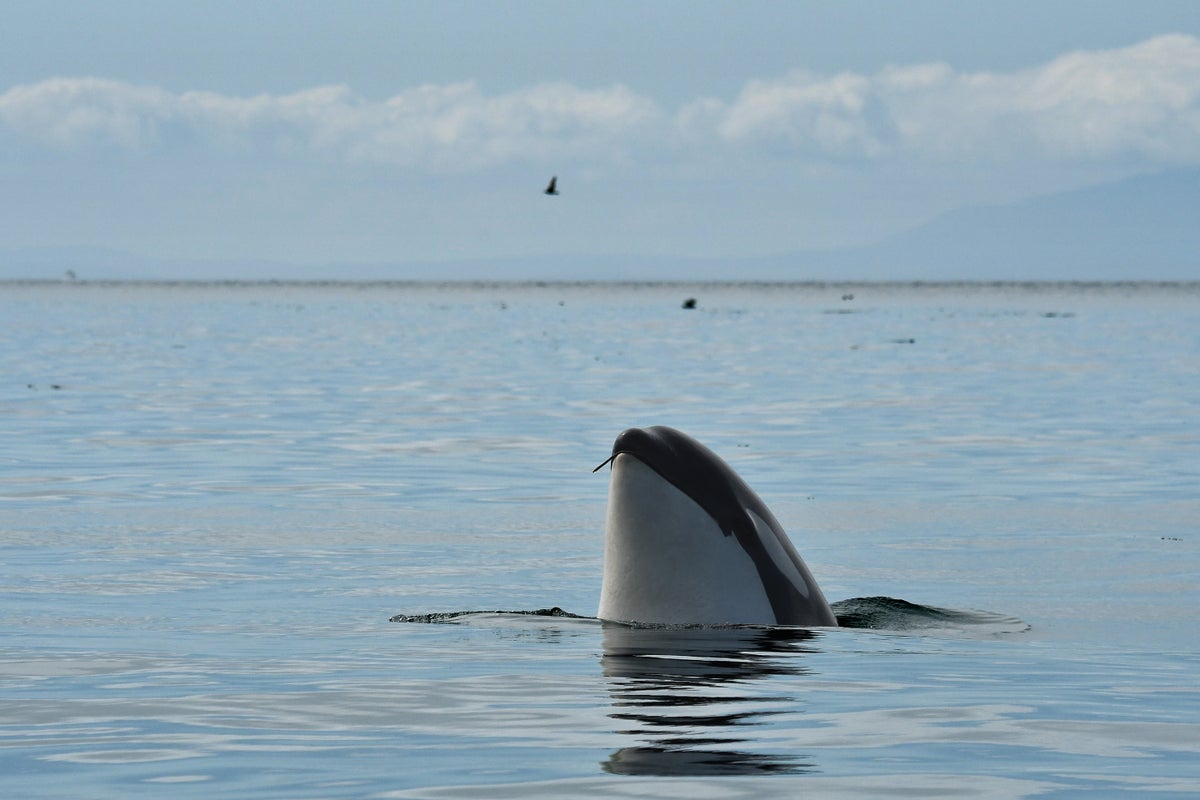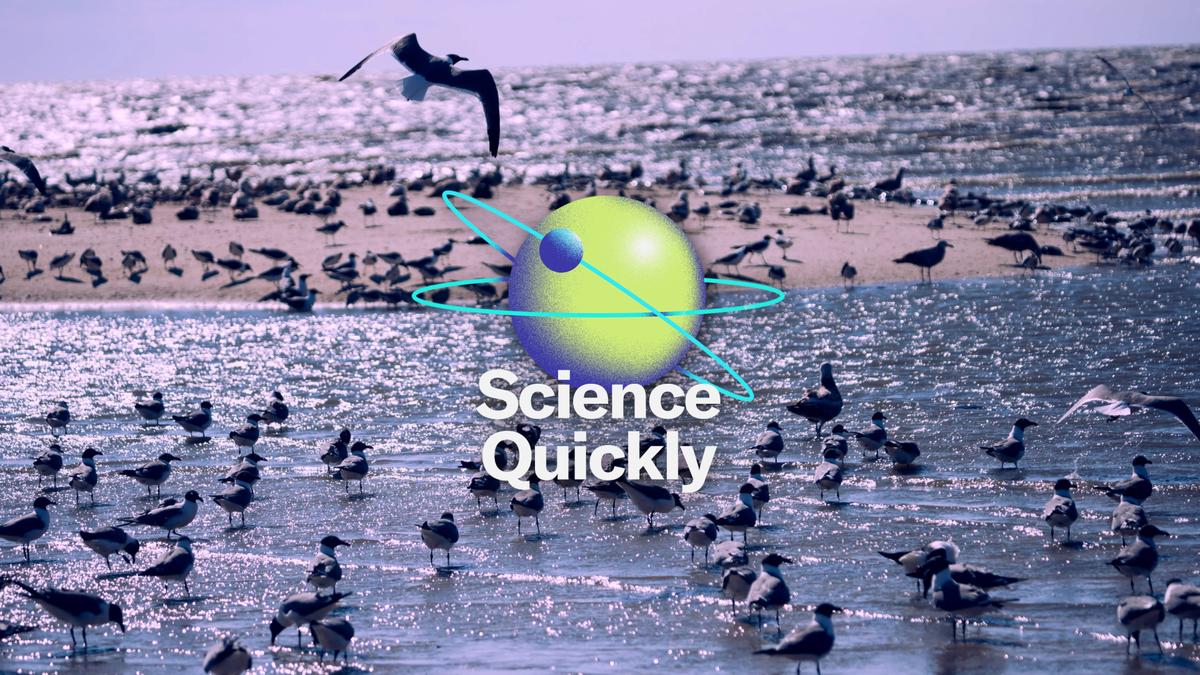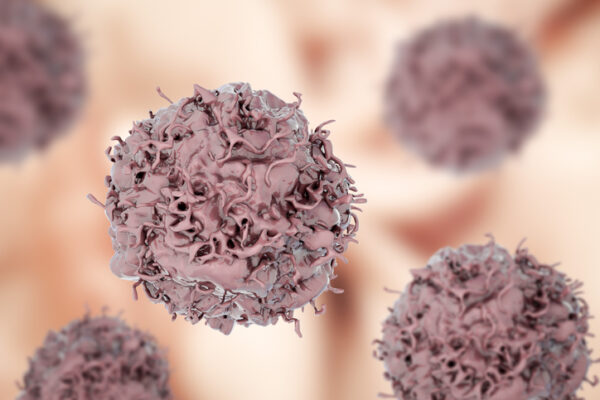Orcas spotted using seaweed to groom each other
New high-definition drone footage shows the apex predators using a tool made of kelp. The post Orcas spotted using seaweed to groom each other appeared first on Popular Science.

Orca whales (Orcinus orca) are among the most fearsome apex predators in the ocean. When not preying on the largest fish on Earth, they’re attacking boats or going after the mighty great white shark for their tasty livers. One well-studied group of orcas living between Washington State and British Columbia now has a new skill to add to its repertoire–tool manufacturing and use. The whales create tools from kelp and appear to use them to help groom one another. The findings are detailed in a study published June 23 in the Cell Press journal Current Biology.

Why tool use is a big deal
Tool use in animals shows a higher level of more complex social learning, such as learning from past experiences. Using tools can also indicate greater mental flexibility, social learning and transmission (or teaching something to another animal), and a greater level of adaptability. And as we know from the theory of evolution, greater adaptability can make or break a species’ survival.
Other animals including some early humans, non-human primates, sea otters, elephants, and bird species are known to use objects to make tools. While the bubble nets that humpback whales use to catch fish are considered tools by some scientists, our knowledge of tool use in marine animals is much more limited.
[ Related: Orcas only need one breath between dives. ]
It takes two
This particular study focused on the population of southern resident orcas in the Salish Sea, a critically endangered group of killer whales with fewer than 80 individuals left. The southern residents also represent a genetically, ecologically, and culturally distinct population. Unlike other killer whales called Biggs killer whales or transients, the southern residents almost exclusively eat salmon.
In an effort to learn more about their social behavior and foraging techniques, a team from the Center for Whale Research in Washington, Northeastern University in Boston, and the University of Exeter in the United Kingdom used aerial surveys with some new helpful technology.
“It really kicked off last summer,” Rachel John, a study co-author and Master’s student at the University of Exeter, tells Popular Science. “We got a new drone with an improved camera with a much higher resolution than our previous two drones, and it allowed us to see this behavior, basically for the first time.”
Over the course of the summer, they observed several instances where the whales appeared to create tools by breaking off the ends of bull kelp stalks. The whales then pressed pieces of kelp against a partner, rolling the large seaweed between their bodies for extended periods of time. The behavior is called allokelping and is similar to allopreening–or grooming another individual.
The team witnessed this behavior in whales across all social groups, both sexes, and all age classes. They found that whales were more likely to groom closely related whales or similarly aged partners.
“We actually also have footage of the other population of orcas, the Biggs, or mammal eating orcas. We have footage of them allokelping as well, which is super interesting,” says John. “We’ve never seen the same allokelping behavior [in them] that we’ve seen in the residents, but they do it as well. I’m sure lots of other species of cetaceans worldwide actually probably participate in this to some extent.”
Additionally, there is some evidence that the whales with more molting or dead skin are more likely to engage in grooming. This indicates that the kelp play could serve some kind of exfoliation function. According to John, watching this from a human lens makes allokelping in general even more impressive.
“When you see the videos, the whales make it look so easy. But when you really think about it, using any kind of tool when you don’t have hands, or any hand-like appendages, it’s super crazy,” she says. “They just use their teeth and the momentum of their body and awareness of where their body is in space and with their partner.”
‘The power of new observation methods’
As the summer research season begins, the team will continue to monitor this population’s behaviors to see if any other patterns emerge. Using these new cameras also open new pathways for further understanding tool use in marine mammals.
“What I find most remarkable is that despite this apparently being a common behavior—we see it most days we fly our drone over these whales—it hadn’t yet been discovered in this population despite nearly 50 years of dedicated observation,” study co-author Michael Weiss from the Center for Whale Research said in a statement. “To me, this demonstrates not just the power of new observation methods but also how much we still have to learn about these animals.”
The post Orcas spotted using seaweed to groom each other appeared first on Popular Science.













